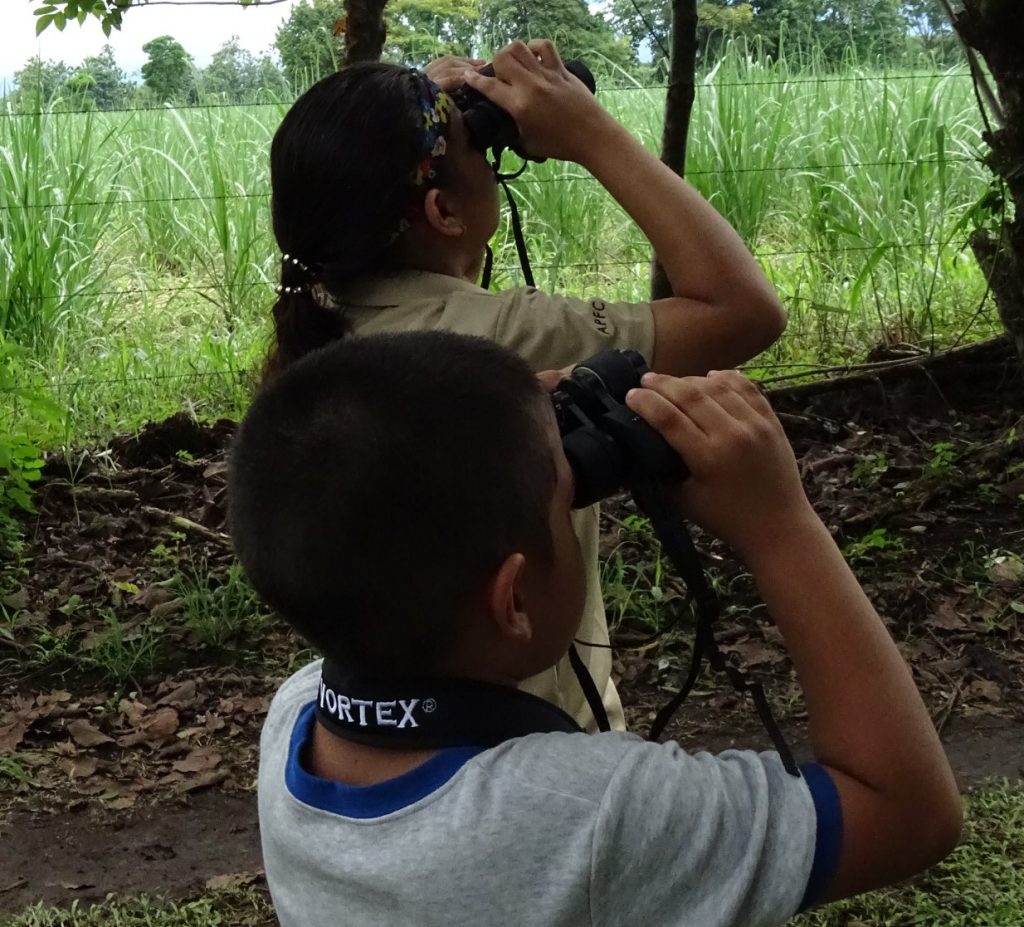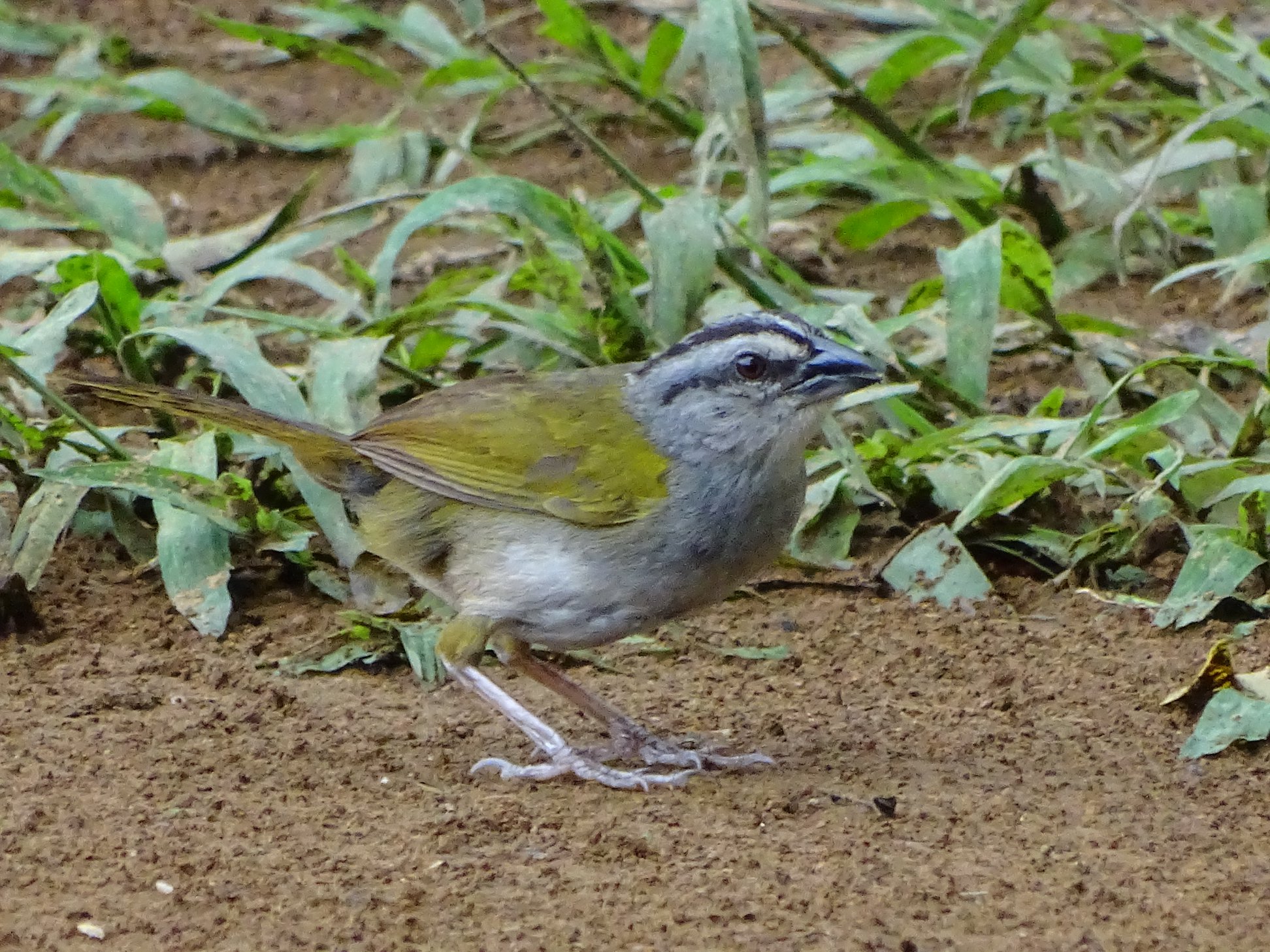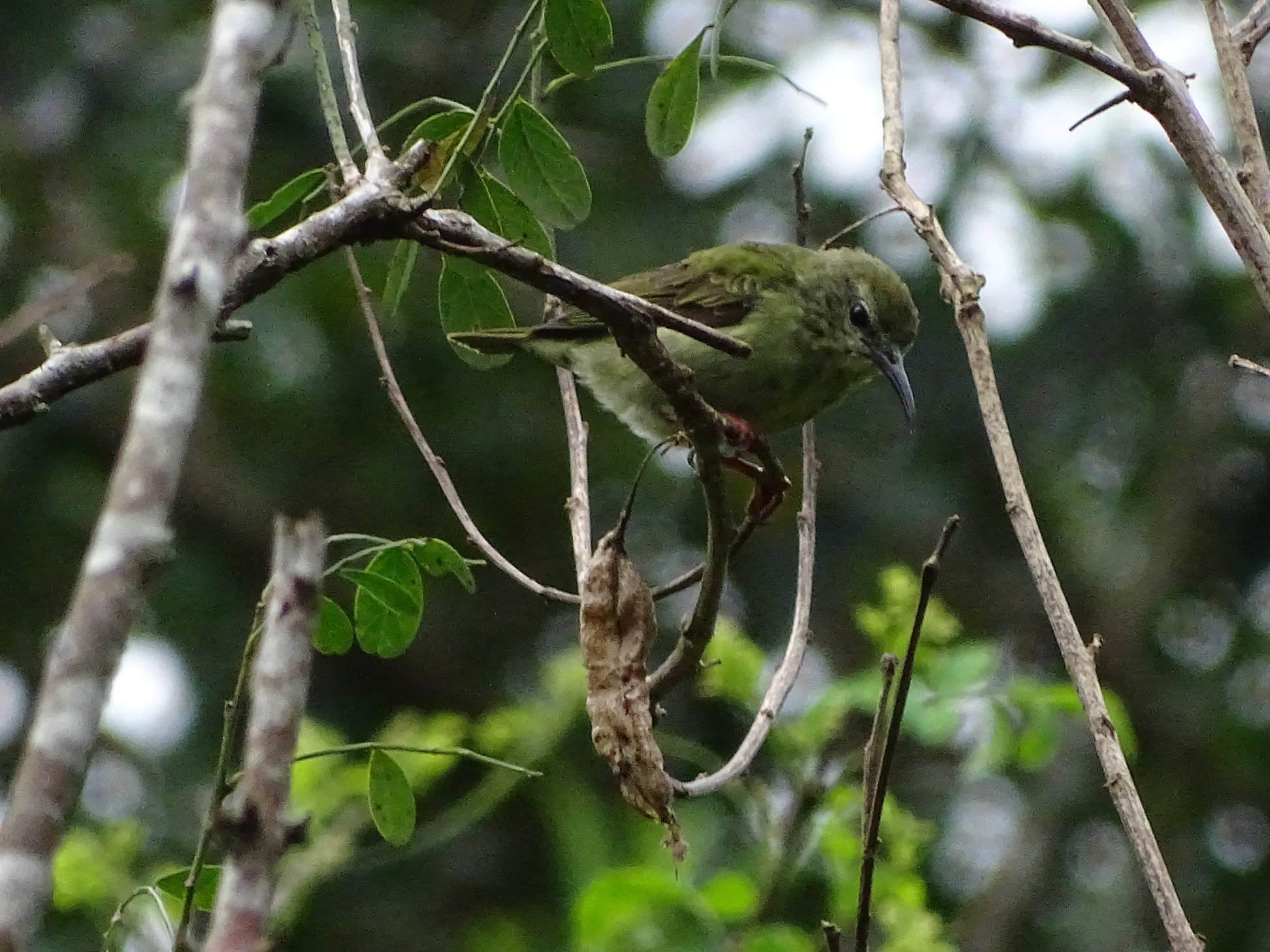
On a sunny day in the City of David, located in the Panamanian province of Chiriqui, students of the San Mateo School’s Bird Observation Club (Club de Observadores de Aves del Centro Básico San Mateo) hosted their first “BirdSleuth International” workshop.
Thanks to a mini-grant for binoculars from the Cornell Lab of Ornithology and Optics for the Tropics, students were able to observe local birds in great detail. As a result, the binoculars were incredibly useful in helping students recognize the beauty of the birds in their city. The students also started to develop a wonderful interest in promoting the conservation of birds and their habitats. It was very exciting to see students and their families getting involved in the outings to observe birds in their local environment—moms, dads, grandparents, uncles, and siblings alike helped identify the wonderful birds living in the area.
The workshops also included fun and educational bird-oriented activities, citizen science and conservation for the students and their families to enjoy! The San Mateo School was, in fact, one of the first educational centers in Panama to implement these kinds of activities in its curriculum thanks to the wonderful efforts of schoolteachers like Yasmín Cerrud.
It was also wonderful that biologist Katherine Araúz-Ponce, who specializes in birds, collaborated with school members to discuss the extraordinary world of birds. During her presentation, students learned about the value of citizen science since it helps scientists learn about and protect bird populations in large geographic areas. The participants were very excited for the section “Knowing our birds” in the presentation because they listened to the beautiful sounds of their local birds! They also had the chance to observe local bird silhouettes and discover the general characteristics of the most common birds of the City of David.
The students then used the materials from the BirdSleuth International educational curriculum to identify elements of the birds’ environments like insect or animal tracks around their school during the “Habitat Treasure Hunt” activity. The students observed their environment and many of them realized that their school did not have enough trees or places where the birds could drink water in their school. In addition, they stated that they did not observe any mammals. Environmental leaders of the community also joined the activities and spoke of actions they could take to create spaces to benefit the birds and their local environment.
The children were inspired by this and wanted to join the effort to conserve the wildlife of the region. The children were inspired by this and wanted to join the effort to conserve the wildlife of the region. They even started to explore other birds in other communities! It was an amazing experience to see how happy they were when they correctly identified a bird they had never seen before. The binoculars were an excellent tool in helping participants see the specific details of the birds, which made the bird identification much easier! The students also had to share the binocular with one another, which helped them learn how to be patient and work together in observing the birds. There’s no doubt that the students greatly enjoyed being in close contact with nature and getting to know different areas of Chiriqui, Panama. Under the supervision of Yasmin Cerrud and family members, the participants also had the chance to learn about different birds with vibrant colors and a wide variety of behaviors!
Katherine Araúz Ponce gave another presentation where she invited the students to identify different groups of birds by their silhouettes. The enthusiasm was evident in the faces of the children, who named the groups of birds enthusiastically and went ahead to put the name of the group of birds in front of their companions. It was wonderful to see how much they had discovered using their binoculars!
The leaders also introduced the clock method, a method bird observer’s use to find a more precise location of a bird. In the workshop, the students also learned how to use eBird, an application for mobile phones. Using eBird outdoors, students registered their first bird list together! They were very happy knowing they were a big part of the scientific world. It was wonderful!
The participants finished the school year with the desire to play a more active role in the protection of the environment and the birds around them. Among the comments expressed by students and their families were the following:
“I was impressed with so many different birds in our country. I did not know that some of them migrate.” (mom)
“It has been one of the most important experiences of my life” (student)
“I liked going to different places and trying to find different birds” (student)
“I really liked the experience of walking with the children observing so many birds. On one occasion, I saw two birds that I did not know. I would like to participate again with them” (grandfather)
The Bird Observation Club of San Mateo School (Club de Observadores de Aves del Centro Básico San Mateo) would like to thank the Cornell Lab of Ornithology, Optics for the Tropics, and everyone else who helped in obtaining the binoculars. Thanks for helping the youth and their families observe birds in a new light, something that wouldn’t have been possible if it weren’t for the binoculars!




